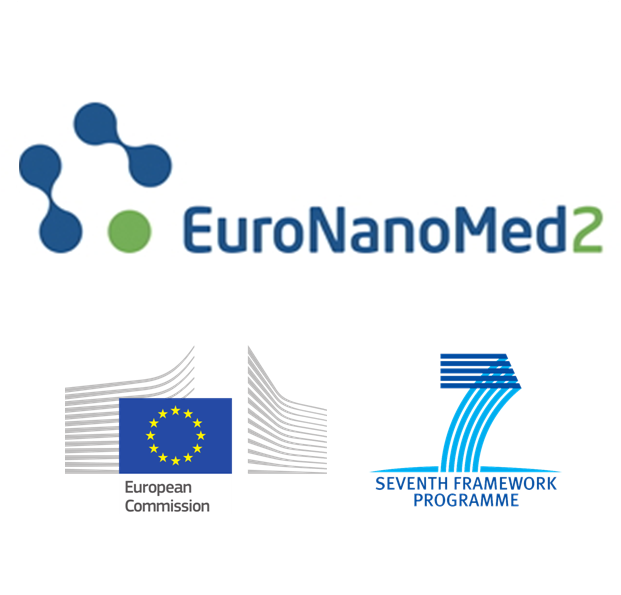LABION will serve as coordinator of “NanoPlasmiRNA“, a new European project supported by EuroNanoMed II , an ERA-NET granted for funding through the European Commission ’s 7th Framework Programme.
The project has received €490,000 funding and it will run from January 2016 to December 2017.
Together with three other partners in Spain, Latvia and USA, the project led by Dr. Renzo Vanna from LABION (Italy), will develop a nanotechnology-enhanced surface plasmon resonance imaging (SPRi)-based method of facilitating more effective analysis of miRNA biomarkers, and demonstrate its use in multiple sclerosis.
Multiple sclerosis monitoring and treatments are currently based solely on subjective and scarcely predictive analyses (MRI and clinical assessment). Consequently, the use of biomarkers circulating in blood would certainly improve the management of this disease. MicroRNAs (miRNAs) could be promising biomarkers but, at the same time, the validation and the clinical use of miRNAs are hampered by the limited availability of appropriate analytical technologies.
The principal aim of the proposal is to develop a new nanotechnology-enhanced surface plasmon resonance imaging (SPRi) biosensor with the necessary requisites for facilitating the detection and validation of miRNAs in order to accelerate the diagnosis and monitoring of pathological states in multiple sclerosis using circulating miRNAs.
NanoPlasmiRNA project bring together nanotechnologists, chemists, molecular biologists and medical doctors thanks to the collaboration between the research groups led by Jesus M. de la Fuente (CSIC, Spain), Aija Linē (BMC, Latvia) and Dev P. Arya (Clemson Univertsity, USA).
If successful, the project will pave the way towards to truly personalised medicine by allowing the more feasible monitoring of disease progression based on miRNA profiling. In the specific case of MS, it will be possible to validate candidate miRNAs related to MS progression. In addition, once the validity of the method has been demonstrated in multiple sclerosis, the approach can be applied to the monitoring of any panel of miRNAs, including those associated with other diseases.











